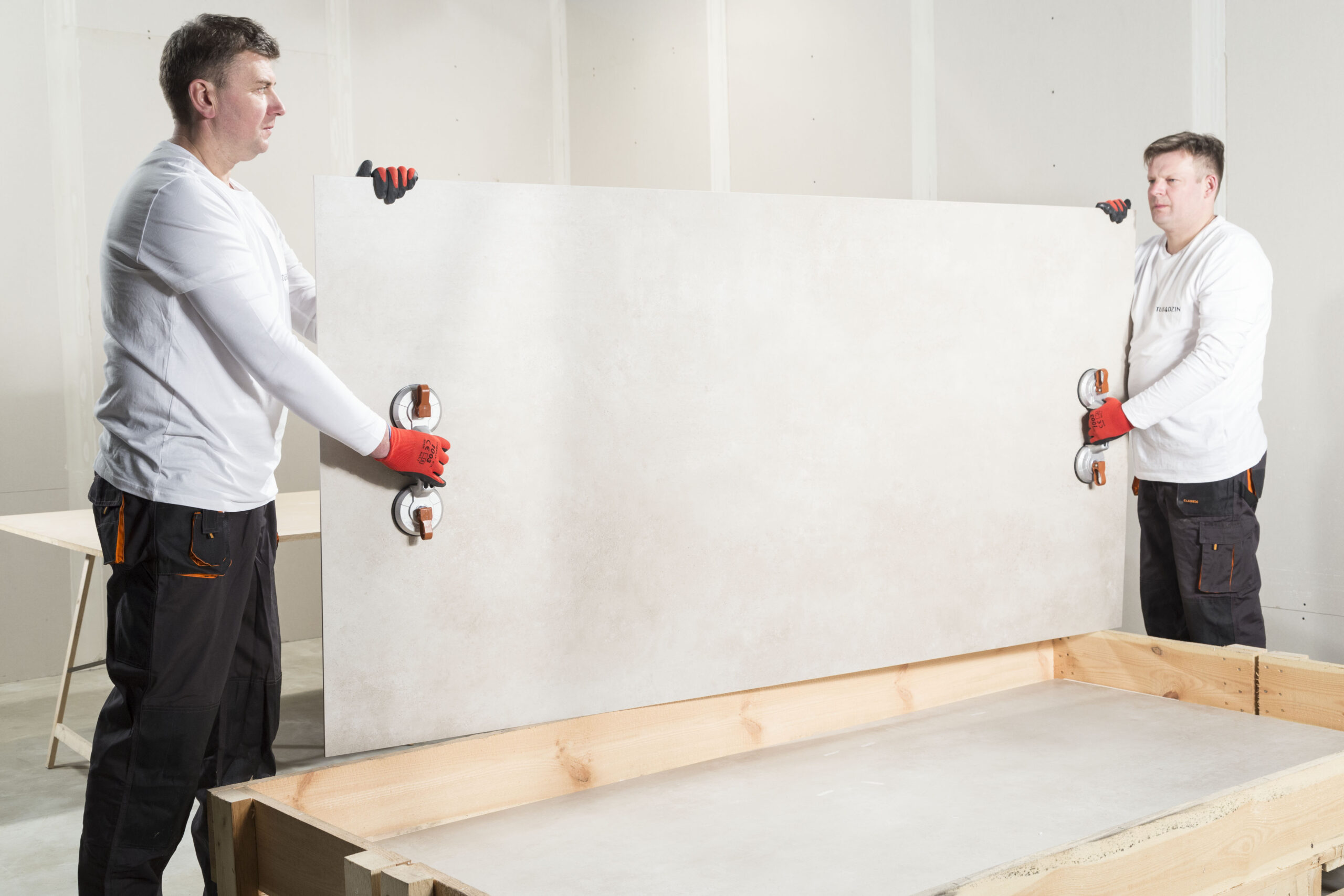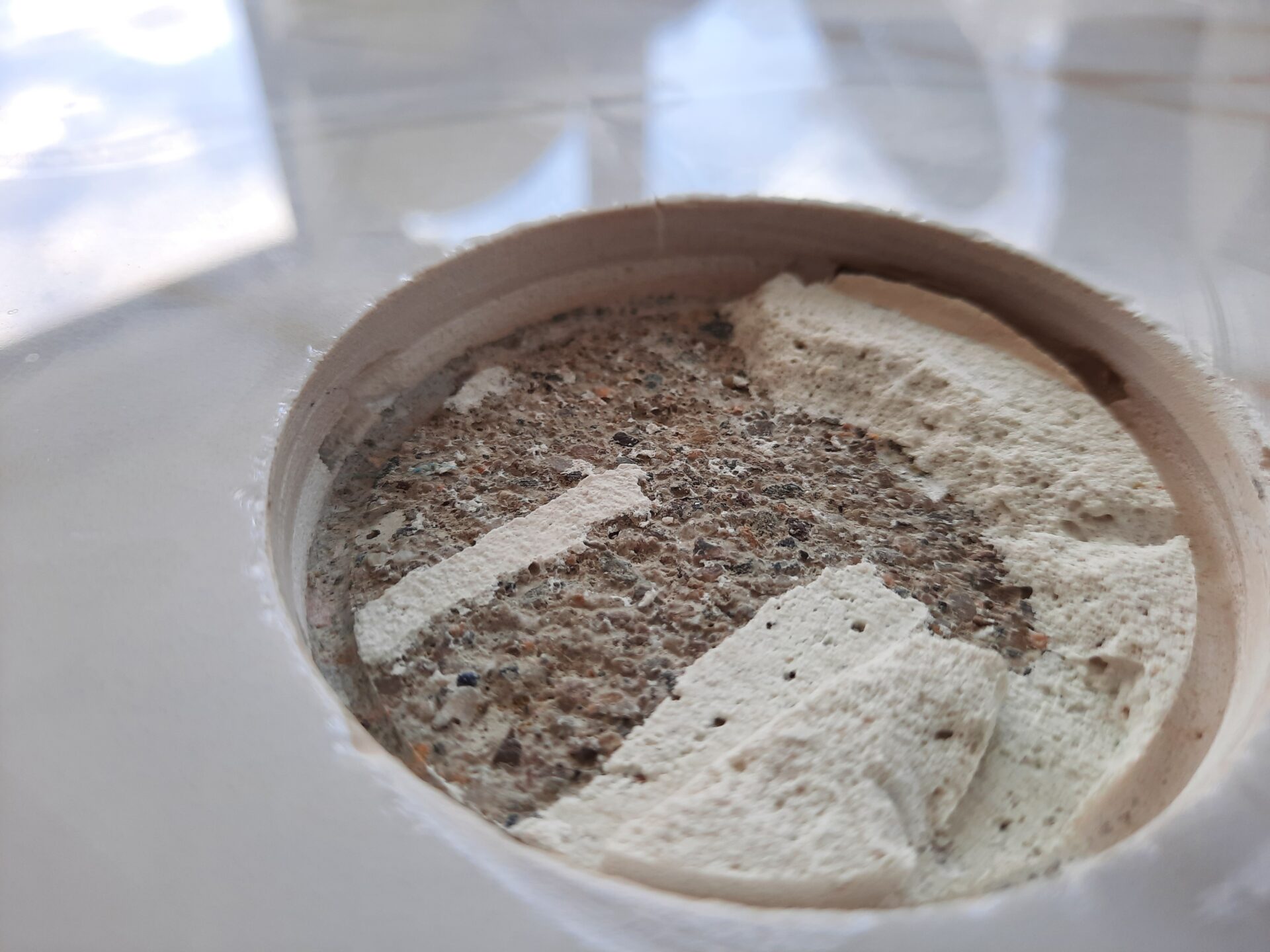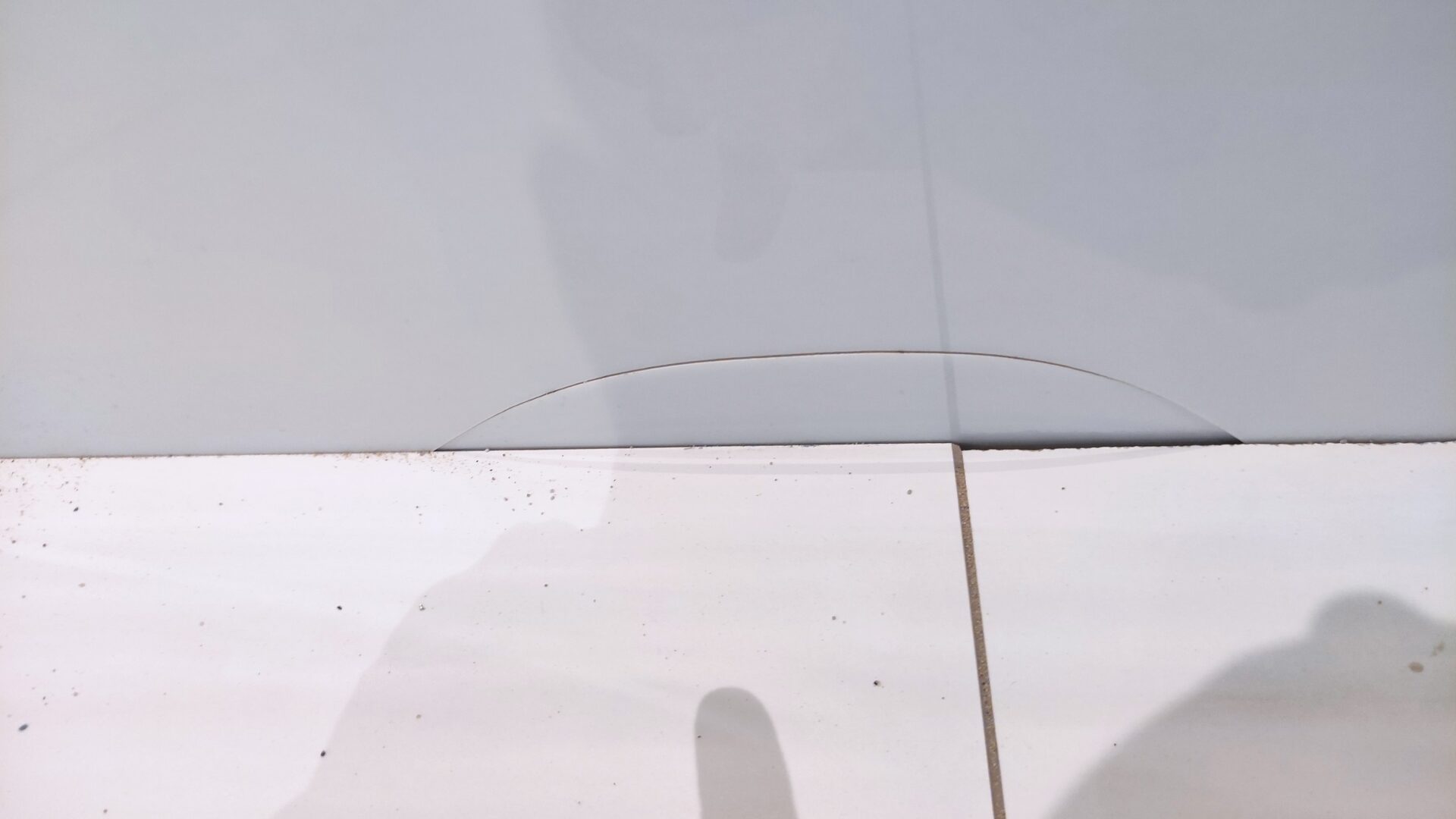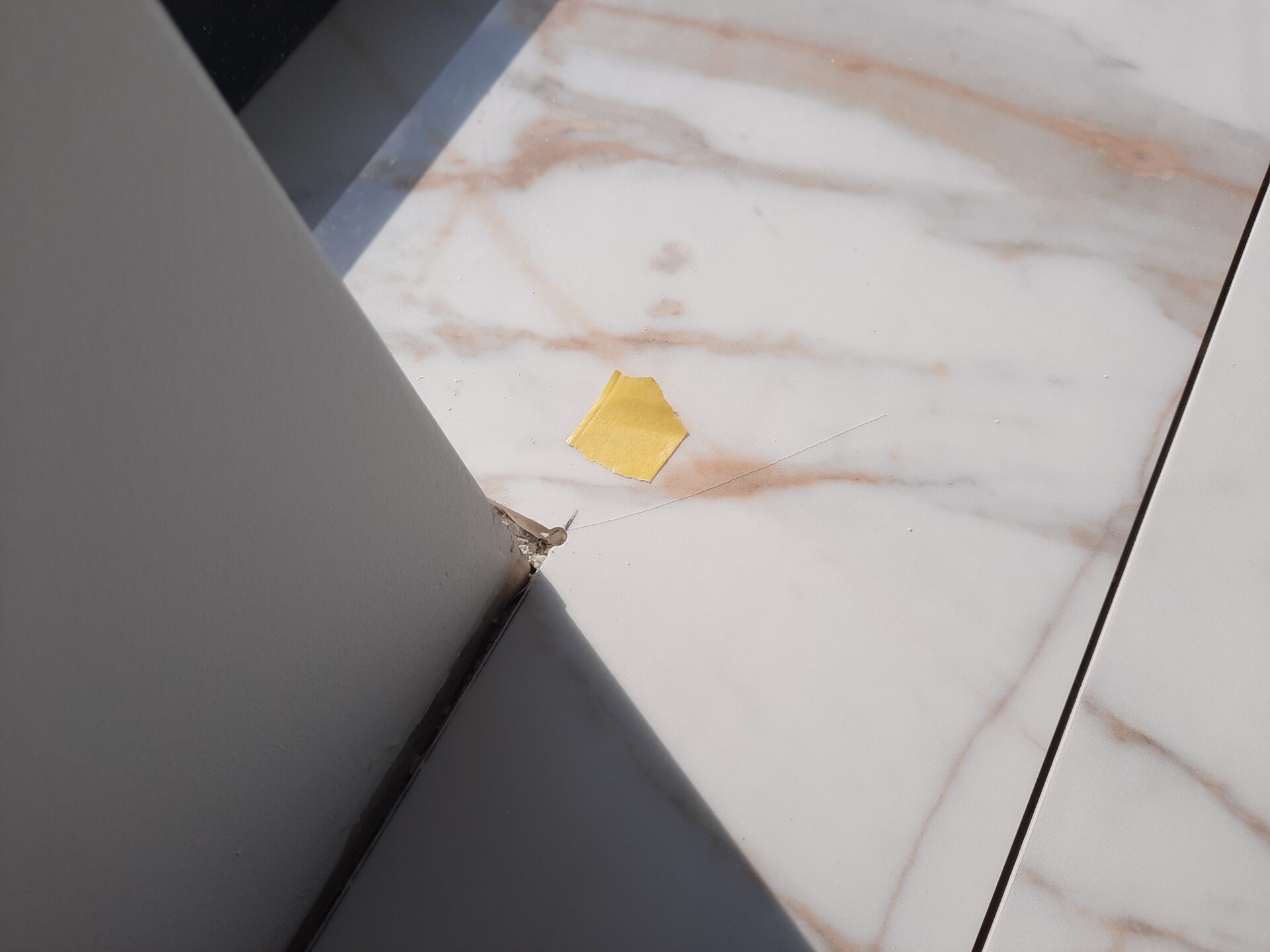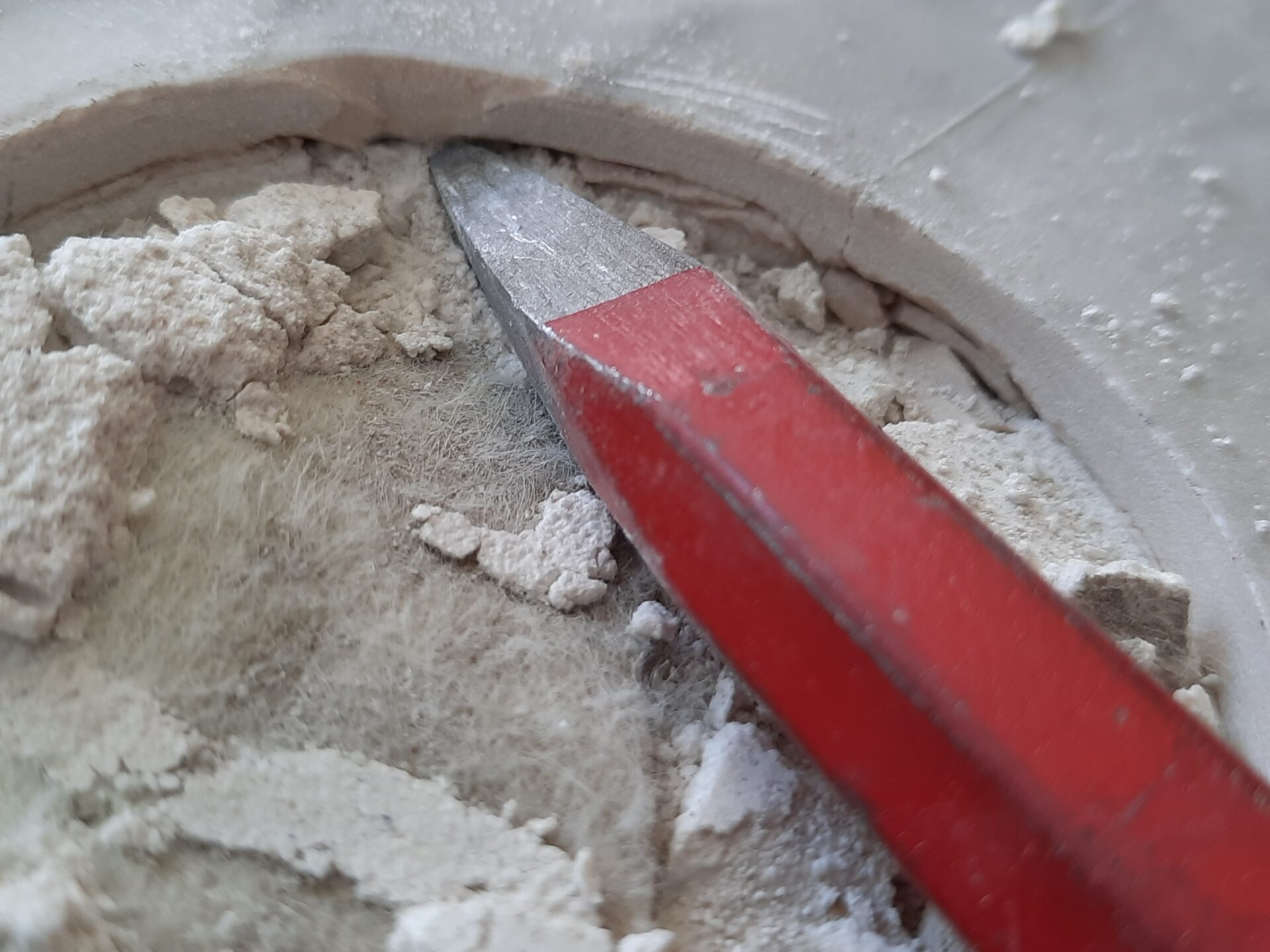Tiling is a difficult process that sometimes takes years to learn. A good contractor must be familiar with the principles of building physics, have an excellent understanding of the range of construction chemicals necessary for the job and experience in application, and, in addition to strictly technical skills, highly developed precision, accuracy and a love of detail. There is a reason why tile workers are often called artists. A well-made ceramic cladding in a bathroom or kitchen is not only functional but also pleasing to the eye. It is said that “the devil is in the details” – looking closely at the ceramic cladding, the corners, the grinds, the fit of the elements, the width of the grout, one gets the impression that this saying applies 100% to tiling.
Unfortunately, for every 100 well done jobs, there are a few that are carried out incorrectly, and while sometimes these are minor shortcomings and easy to correct mistakes, there are situations in which the only solution is to place a container for rubble, scrape off the existing (often new) cladding and do everything again. In this article, we’ll describe some of the most common workmanship mistakes that unlucky builders may face.
Splinters / Deaf tiles
The most serious of the potential problems is insufficient adhesion of the tiles to the substrate. While on the floor this will cause the cladding to become detached and crack, in the case of walls it is already a dangerous phenomenon. Tile detachment can be evidenced by deafening noises or creaking when walking on the tiles, and joint cracks caused by unstable tile are often seen. The problem may be due to improper preparation of the floor, i.e. lack of proper drying, dust removal or priming. In such a situation, the adhesive will not bind to the substrate and the tiles will lie loose on the floor. The second possibility is the lack of adhesion of the adhesive to the tile, it is due to improper preparation of the tile or improper application of the adhesive. Lack of adhesion on walls most often affects gypsum plaster to which you need to pay special attention.
Splinters of individual tiles may or may not always indicate poor workmanship of the entire tile floor. Despite this, it is always necessary to check the entire tiling work because such a phenomenon suggests a lack of adequate knowledge of the contractor or improper workmanship technology. Abu avoid such problems, it is important to choose a good quality professional with an extensive, up-to-date portfolio of work and to write a detailed contract with him for tiling work.
An additional safeguard is liability insurance for his business, increasingly common these days. It is important that the quote include a detailed description of the workmanship technology, easy to be checked and reviewed by technical advisors or independent experts before the work begins.
Cladding cracking
Another common reason for complaints about tiling work is cracks in the cladding. They appear most often on floors, to a lesser extent on walls and there are several reasons behind them. Most often, it is the result of a crack in the substrate under the tile, whether due to settlement of the floor in the building or caused by other factors. We must remember that the materials from which the house is built work. It could be shrinkage caused by the setting or drying of concrete, it could be settlement caused by the own weight of the walls or screeds. These are naturally occurring processes and you should wait with finishing work until they weaken or finish. There is a reason why it is said that a house should stand off a certain amount of time before starting finishing work. Haste is the primary but not the only reason for cracks in the cladding, some cracks are the result of execution errors. Among the most common are improper/incomplete filling of the space under the tile with adhesive. While on walls 60-70 percent filling is acceptable, on floors the filling should be complete. Also important is the uniform thickness of the adhesive layer and thus the uniform shrinkage of the adhesive and the effect on the tile. The choice of adhesive itself is also of considerable importance, it must be matched to the format of the tile, the place of installation and the conditions in which it will be used.
A huge part of cracking is related to tiles with cut shapes, their use involves risks, especially on questionable substrates. Interestingly, cracking of shapes on floors is a plague and on walls a relatively rare occurrence. Floors work and this poses a huge challenge to the cut-out cladding. It’s worth consulting with your contractor and avoiding them if possible.
Dirt
Beautiful tiles are pleasing to the eye, provided that they are well cleaned from construction dirt. Many times we encounter a situation in which the investor reports a problem with bringing the surface of the tiles to the expected appearance. Unfortunately, in the conditions of the construction site, it is often difficult to completely avoid dirt. Most often these are residues from tile adhesives, grouts, gypsum, concrete, primers or other construction chemicals. We must remember that for the removal of these soils, manufacturers often provide special preparations, especially for epoxy-based agents. Leaving them on the surface for too long can result in permanent discoloration or staining of the structure, sometimes impossible to remove. Remember that the tiler’s work ends when the finished, CLEAN surface is handed over ready for use. Situations in which the investor relieves the contractor of this duty and leaves the cleaning for later make proper, detailed acceptance of the tiling work impossible.
Most often this ends in a panicked search for a solution because water with cleaning fluid is definitely not enough for professional construction chemicals. Unfortunately, the situation is not always salvageable. In addition, after cleaning the surface, damage may become apparent, who will be responsible for it in such a situation?
Expectations versus reality. Often a point of contention and a cause of conflict between investor and contractor. What does it result from? Most often due to the lack of a detailed design or its complete absence and implementation based on the investor’s description and vision. Nowadays, most customers choose to purchase a design, space arrangement or visualization of the bathroom from an architect or at the point of purchase of tiles. While each of these products is an aid to the execution of the bathroom, there are colossal differences between them that the customer is often unaware of, and having a visualization prepared based on estimated dimensions will claim that it is a detailed design. For a detailed design to be called such, it must include all the elements and leave no room for interpretation at any point. Most often, it is prepared based on actual measurements from nature, taking into account the distribution of tiles, the thickness of plaster and the use of specific equipment. It should specify the execution of corners, layout and width of joints. Problems arise when one party tries to interfere with the finished project, and to avoid them it is worth taking the time before starting to consult with the designer and contractor.
Aesthetic problems are often the result of the contractor’s lack of skill combined with a complete lack of investor supervision. More than once one sees a wrong solution laced with the comment “it couldn’t have been done otherwise.” To avoid this, the investor must be proactive on the construction site and, in some critical situations, thank the existing team and look for a new one.





